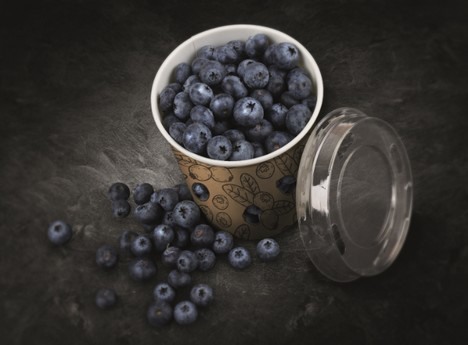People say: 'The only good packaging is recyclable packaging.' However, this statement should be questioned critically, at least when it comes to plastic packaging. Recyclable plastic packaging cannot remade into food packaging. And a food packaging made of recycled plastic is currently not returned to the process. This sounds paradoxical, but it is considered one of the biggest challenges of our time.
But here, things are finally picking up speed and everyone along the recycling chain is pulling in the same direction. What is dramatic is that virgin plastic, i.e. based on fossil raw materials, is currently so much cheaper to obtain than recycled material, according to Claudia Schuh, Marketing Director and Packaging Manager at Lorentzen & Sievers, in a recent commentary.
Various recyclers have already had to shut down their operations due to cost pressures. For this reason, only about one third of the mineral water bottles from the deposit system are reprocessed into mineral water bottles. The fact that the R-PET trays take the raw material away from the bottles is a fairy tale. A large part of the recycled material is exported and goes to the textile industry.

Cups made of cardboard with individual cut-outs and without coating, optimized for paper recycling
Caution should also be exercised with paper-based packaging. Paper packaging is considered recyclable if it contains no more than 5% foreign matter. However, paper packaging whose fibers are particularly highly compressed also impairs paper recycling. The packaging law has hardly any possibilities to intervene regulatively here and it requires some expert knowledge to find one's way through the variety of paper-based solutions.
According to GfK, even in times of Corona, the trend towards unpackaged or weighed goods continues. This does, however, mean that an increasing amount of fruit stickers is now posing a problem in composting plants. The humus obtained is also used in organic farming and the fruit stickers will remain, as microplastics. According to the Federal Compost Quality Association, not even the fruit stickers made of bioplastics are a sensible alternative. Still, what would the packaging world be without new challenges?
Closed cycles and protection of resources as highest goals
Our vision and mission are the closed material cycle and the conservation of resources. In our opinion, this means: We should avoid packaging if it does not consume other resources to a greater extent. If products are supposedly marketed loose, but bags are needed for transport and gloves are needed for hygiene, we should take another close look. The same applies if food is destroyed by avoiding packaging.
We regard the use of Ocean Plastic particularly critically. The collection of the already developed garbage in nature does not represent a structural solution for us. Since collections only take place at the beach and at the river sides, this does not change the situation of the seas themselves. The degree of pollution is extremely high, the effort of cleaning and processing accordingly and the availability low at high costs.
According to a recent study, the worldwide amount of annual plastic waste in waters will increase to up to 53 million tons by the year 2030. Collection at the beaches is not nearly effective enough. We need recycling systems that work worldwide. What now accumulates as waste should be the new recyclable material in the cycle. Only then, and only then, can we really protect the waters and their habitat. Any material that can be recycled with low CO2, energy and water consumption and becomes a product of the same level again is in line with our goal.
Right: Claudia Schuh has been responsible for marketing and packaging management at Lorentzen & Sievers for 25 years.
Packaging consulting
The use of renewable raw materials is in line with our mission if it is certain that at least the same amount will be regrown as has been consumed and if production and logistics take place in a resource-saving manner. We support the use of paper-based packaging if the above criteria are met. Excess, no matter at what level, fundamentally upsets the balance. An intelligent mix of packaging avoidance and the use of the right materials for each individual application characterizes our packaging consulting. We appreciate and promote the advertising effect of packaging if it stimulates the consumption of fruit and vegetables. Because food is life and fruit and vegetables are at present very much in the public eye.
With our in-house design agency and our international partner network, we at L&S cover all packaging requirements of the fruit and vegetable industry. We inform, but we do not missionize. Every requirement, every customer request is served individually.
We publish background information on the subject of packaging via a blog: www.verpackungs.blog. By registering your email address, you will be informed about new articles by mail. Everyone can look in, however without registering.
Our online platform "Second Chance" is also about sustainability. Through our on-line shop www.verpackungs-shop-ls.de, short term needs can be covered as well.
